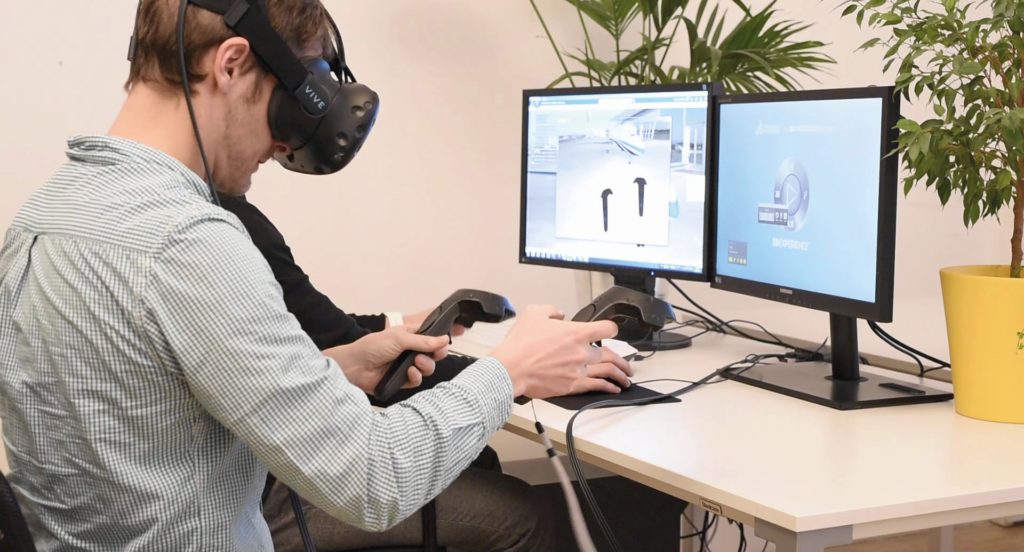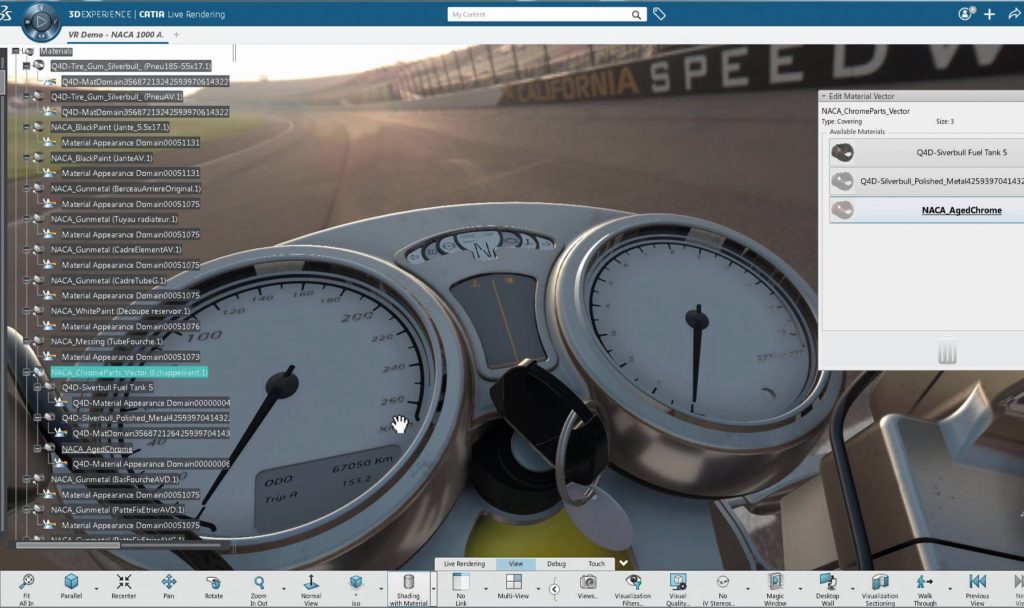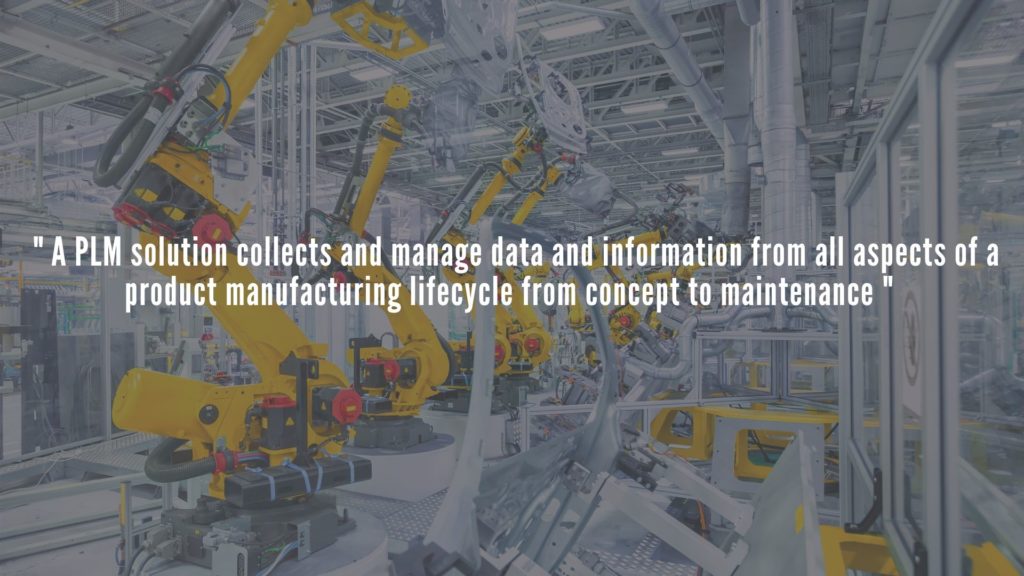Immersive product validation at any stage of the development process

Challenges
Industrial designers, mechanical engineers, marketers, project managers, manufacturing planners and other decision-makers in any industry face daily challenges during the product development process.
They now need to experience their design, with its volumes and proportions in a life-like environment which cannot be achieved on a computer-screen alone.
Immersive Virtual Reality provides an intuitive way to push the boundaries of creativity. Designers and engineers can virtually create model of anything and examine in real-time and can collaborate with the team to make the design precise and efficient, while a marketer can better influence the user experience for more personal and emotional impact.
IMMERSIVE VIRTUAL REALITY
The 3DEXPERIENCE platform frees users to virtual design revolutionary and connected products, systems, infrastructures or even cities.
This enables the modeling of innovative ideas, and the opportunity to experience them before they even exist.
Viewing and manipulating data with very high resolution in an interactive and immersive environment improves the 3DEXPERIENCE by putting users at the heart of the virtual product.

IMMERSIVE VISUAL EXPERIENCE FOR ALL
The Immersive Visual Experience role provides the ability to run 3DEXPERIENCE applications in virtual environments and on head-mounted displays.
This immersive experience is available on every desktop, with support of the HTC Vive head-mounted display, within CATIA and on native data, without a specialized viewer and without translating data.
The truly immersive experience and natural navigation bring an enhanced spatial understanding of the product design for faster and more accurate design decisions. CATIA brings VR to everyone in one click.
Benefits
- Works directly with a wide range of VR technologies from entry-level to high-end systems: HMD, CAVE, Powerwall
- Stereoscopic rendering in real-time enables life-sized and spatial reviews of a 3D product
- Supports both passive and active stereo rendering systems
- User tracking capabilities for head and hands allow the user to interact naturally with the 3D scene
HIGHLIGHTS
- Easy evaluation of designs in realistic environments and lighting situations in real-time
- Accessible at any stage of product design to help make accurate design decisions
- Study colors, material, volume, proportions, and 3D Human
- User tracking & navigation capabilities
- Tracking integration via VRPN





